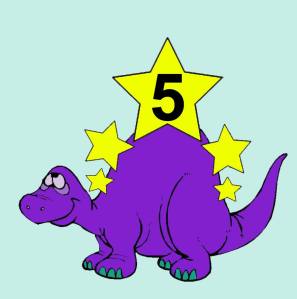The Good Earth
by Pearl S. Buck
Published by Washington Square Press 1931
357 pages

This book had a slow, but fascinating start. We are introduced initially to two characters, but I could almost argue four. First we have Wang Lung, the protagonist, and his father living poorly in a small farmhouse in China. And then, from the first pages of this book we learn how sacred the water and the land are – not just Wang Lung, but all the people of the village. They take on such importance I would even argue that Land and Water are characters of their own.
This is possibly my favorite part of the novel, the way the land rises up and takes precedence over everything. The land grows and evolves just like Wang Lung and his family. If not for the Land and the Waters, Wang Lung would not have his success, which is what drives the novel. In many cases, Wang Lung seems to understand his connection to the land is one of flesh and blood.
This book is mostly about character development rather than plot development, which means it can be a slower read to some, but it’s certainly not without action. The Good Earth is the story of Wang Lung and his wife O-Lin. They are humble servants of the gods and the Earth until Wang Lung finds wealth, from some small theft, but mostly his own intuitions. Wang Lung is one of the most fully developed characters I’ve come across in fiction. He’s a man you admire for his strength in spirit and his insightfulness, and yet as he is granted success and wealth for his hard work, he is tempted by new, worse things and becomes a man you absolutely hate at times. His life story is so compelling and despite his mistakes you praise him for his endless pursuits, his hard-work, and his ability to reflect on his own rise and fall.
Rise and fall. Here we have a major theme of the novel. The rains rose and flooded the earth, drought came and starved the people, and still the beans and the wheat would grow. Lung and his family would harvest when they could and they begged when they needed to, but not without doing the work that could be done. Even if it broke Wang Lung’s back, he would do the work. And then there was the rise and fall of the wealthy. The house of Hwang, which was once a symbol of wealth in the village, fell and the lords and ladies died, princes had to sell the land and the house belonged to beggars. That is until Wang Lung bought the house and reestablished a place for prosperity. I was very fascinated with the ideas of cycles in this story, and how each time a new cycle would begin, it somehow evolved itself into a larger, more complex one than the last. The Earth cycled in fertility. Wang Lung cycled his hope and despair. The first daughter was an evil omen and then his favorite child. The rich and the poor cycled out leaders. Wang Lung was constantly shouting for peace in his household and then finding it. Readers are constantly reminded of the good and the bad and how they’ve come to rely on each other.
This book is a very unique look at pre-revolutionary China, and yet its difficult not to connections to today. They say history repeats itself.
It was funny how everything fit together in a harmonious connection, and when it was going poorly for one man, he blamed the gods. Just as Wang Lung cursed the gods for the drought. And then one day it was as though no god could challenge his wealth and he no longer needed them. He had gained control of his estate, and yet his family was lost to him. He hardly knew each of his children. Pearl S. Buck wove a brilliant story with complexities that will leave the reader pondering long after the book is finished.
I could go on and on and on about the things I loved in this book, but at some point I have to tell you its time to go read it for yourself. I’d love to hear any thoughts you had on it. It’s a Pulitzer winner, so make sure that if you haven’t read it, it gets on the top of your to-read list (because I know its probably 200 books deep).
I give The Good Earth a five out of five stars
